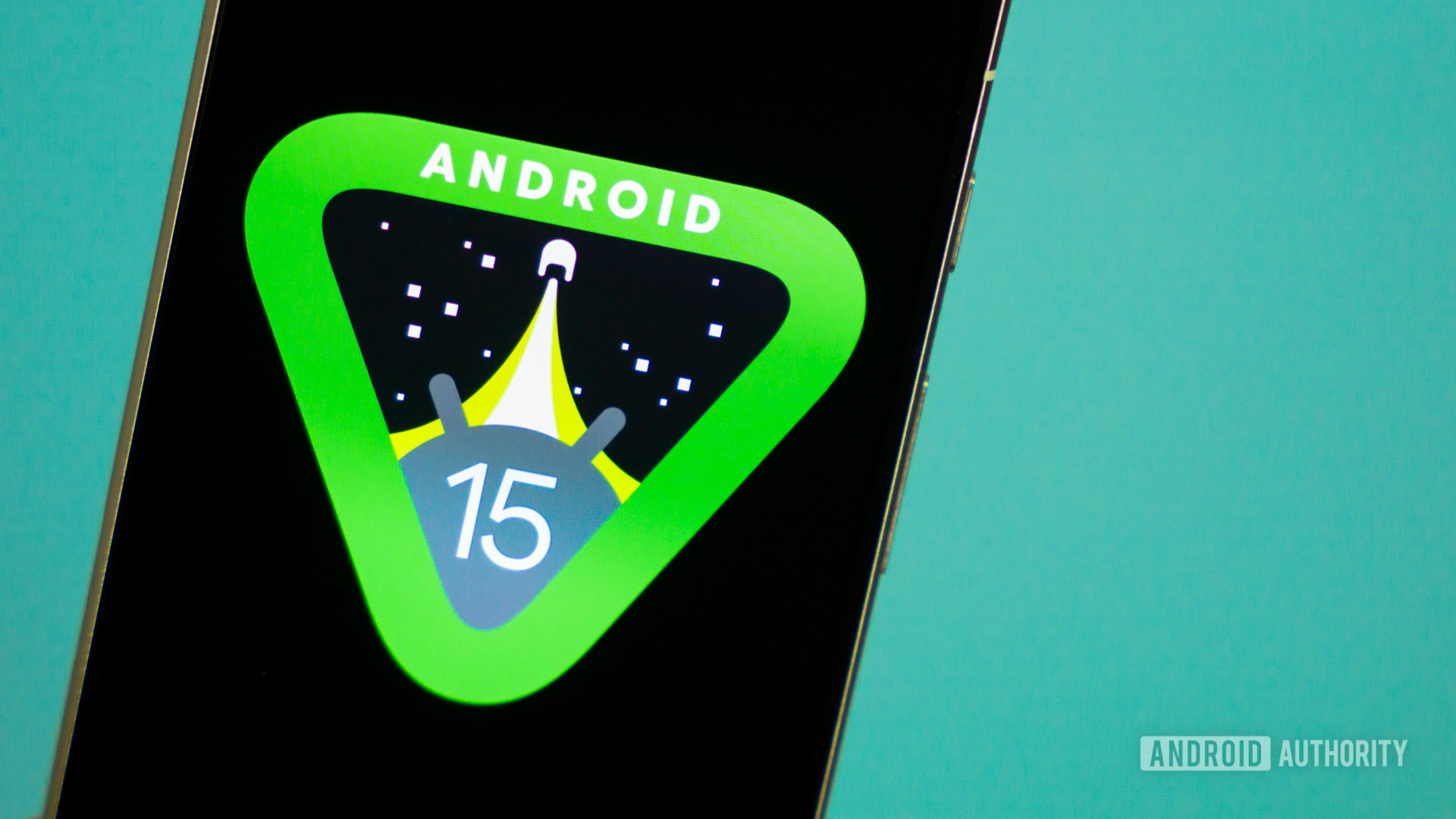
Edgar Cervantes / Android Authority
TL;DR
- Android 15 is preparing a new feature that will tell users the remaining lifetime of their device’s internal storage.
- Like other hardware components, storage chips have a limited lifetime that’s affected by how much they’re used.
- Android routinely runs maintenance on storage chips to extend their lifespan, but users currently cannot know how much life their device’s storage chip has left.
With smartphone companies pushing longer and longer phone update policies, it’s become increasingly important to consider factors like aftersales parts availability and ease of self-repair when making a new phone purchase. After all, even if your phone maker promises to deliver seven years of software support, will your phone’s hardware even last that long? There are easy steps you can take to maximize battery life, but there’s not much you can do to extend the lifetime of your phone’s storage chip. For starters, there isn’t even a way for you to find out the remaining lifetime of your phone’s storage chip. Fortunately, that’ll change in the Android 15 update.
Since late last year, Google has been working on surfacing useful information about your phone’s hardware. It started with battery health-related information such as the manufacture date, cycle count, and state of health, which are all useful factors in knowing when it’s time to replace your phone’s battery. Some of this information was briefly shown under the Settings > About phone > Battery information page before it was removed in March’s Android 14 QPR2 update, since the page is supposedly intended to only be enabled on the upcoming Pixel 8a and onward.
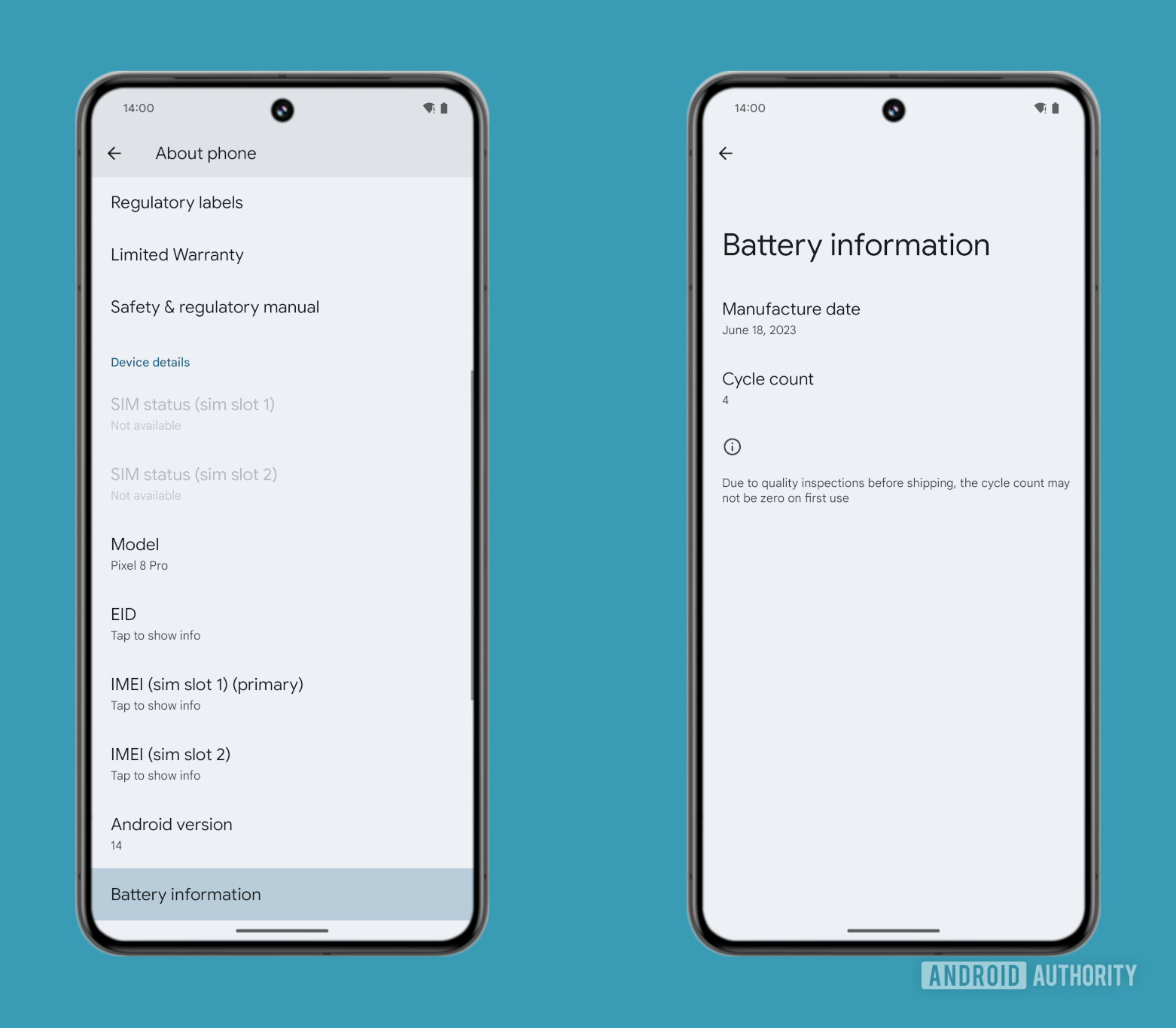
Mishaal Rahman / Android Authority
Alongside battery health-related information, Google is also planning to surface info about the health of the device’s storage component. Both sets of information will be surfaced in a new “Device Diagnostics” app. Under the hood, the Device Diagnostics app will utilize a new storage lifetime API in Android 15 that “returns the remaining lifetime of the internal storage device, as an integer percentage.” If the API returns 90, for example, then that means that 90% of the storage device’s useful lifetime remains.
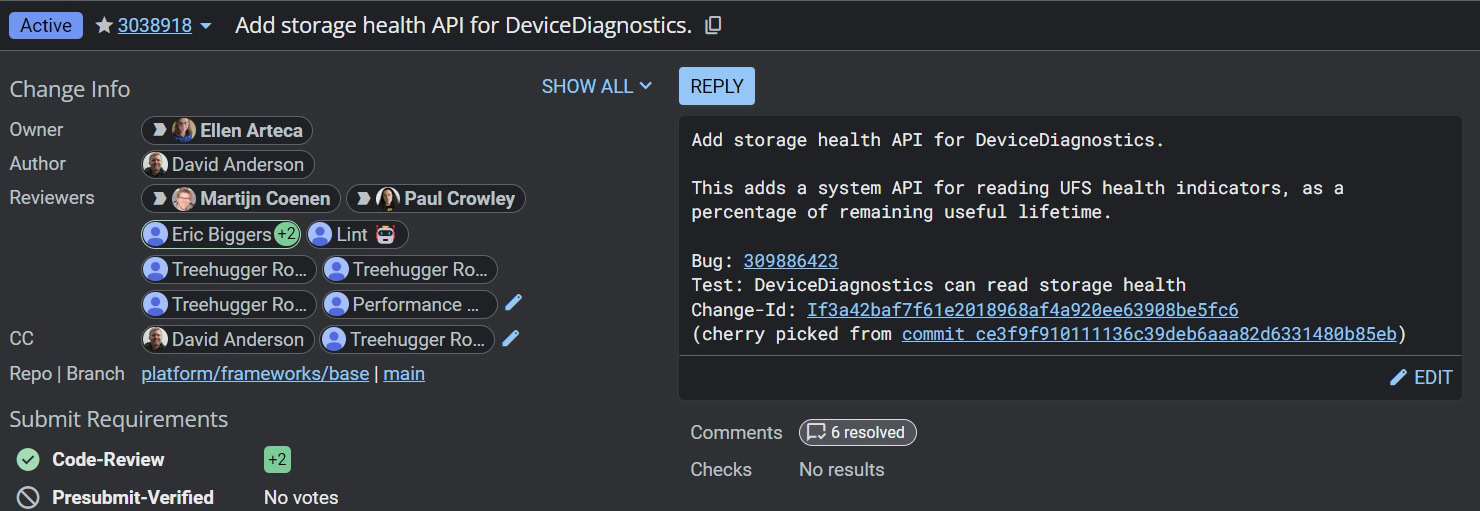
Mishaal Rahman / Android Authority
Although the patch referenced above hasn’t been merged to AOSP yet, the API is already present and enabled in the latest Android 15 beta 1 release. This is because the patch that Google submitted to AOSP was already merged into Google’s internal Android codebase, which is what the company actually uses to make its Android builds. The API itself simply makes information that Android was already collecting available to (system) apps.
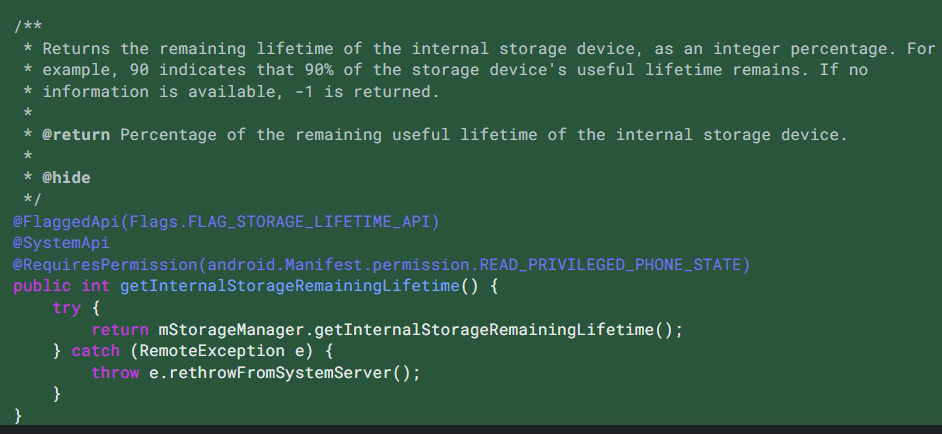
Mishaal Rahman / Android Authority
The description for the initial patch that implements this new API says it only “differs slightly from the previous API, which exist[ed] for idle maintenance.” Idle maintenance is when Android trims unused blocks in the filesystem, which is useful for flash storage chips. Trimming unused blocks excessively can reduce the lifespan of the storage chip, which is why it’s necessary to check the health of the UFS chip and intelligently run idle maintenance. Android 13 actually introduced a smarter idle maintenance service under the hood for this exact purpose.
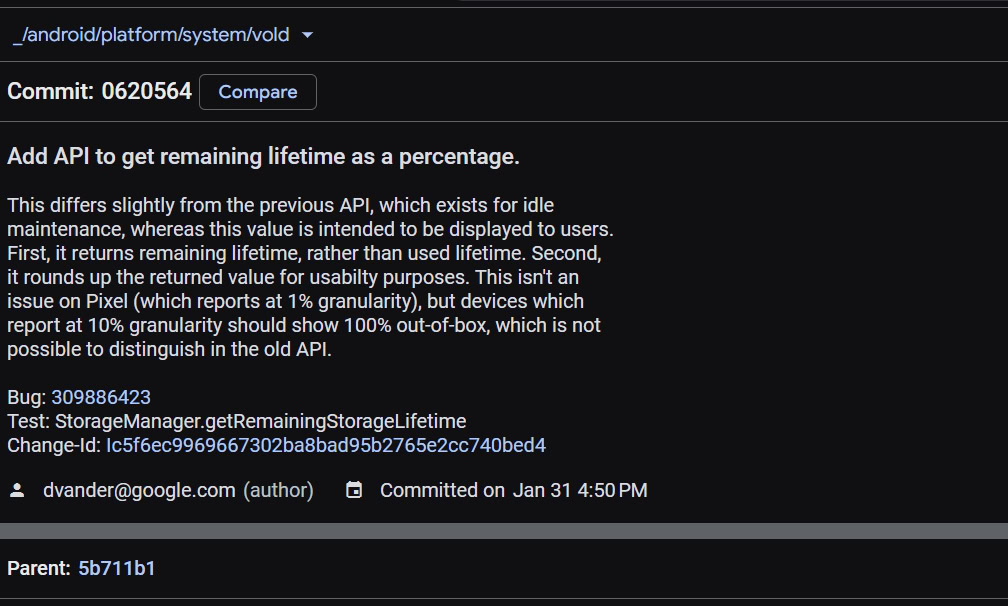
Mishaal Rahman / Android Authority
The initial patch also mentions that this value is “intended to be displayed to users,” so it’s likely users will get access to the Device Diagnostics app in a future beta release. However, only some devices (like Google’s own Pixel lineup) will report the remaining storage lifetime at 1% granularity, while others will report at a less accurate 10% granularity. This means that the remaining storage lifetime value won’t be a useful metric on every device, unfortunately.
That’s assuming it’ll even be available because not every device will support showing the remaining storage lifetime. Devices need to collect and share this information with the Android OS through the Health HAL. On devices that don’t do this, the storage lifetime API will return -1, which means the feature is unsupported. Whether a device supports this API is up to the OEM or the vendor of the storage chip since Google currently doesn’t require devices to support it. If you have a Pixel device running Android 15, though, the storage lifetime API is fully supported and will be used by the Device Diagnostics app to show you the remaining lifetime of your Pixel device’s storage chip.








